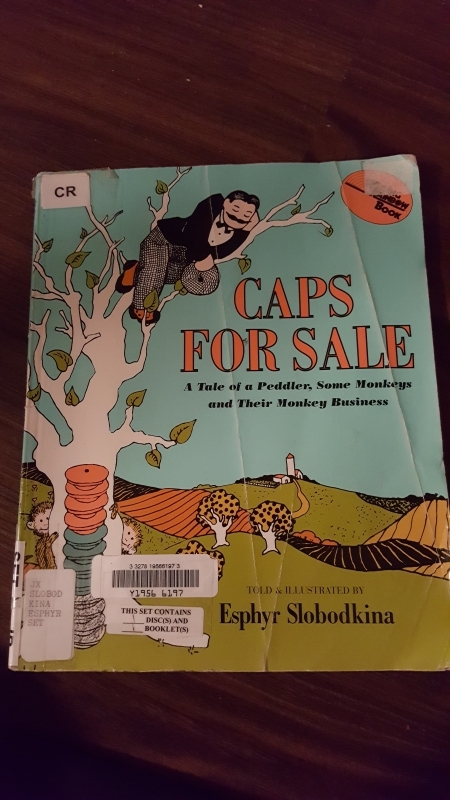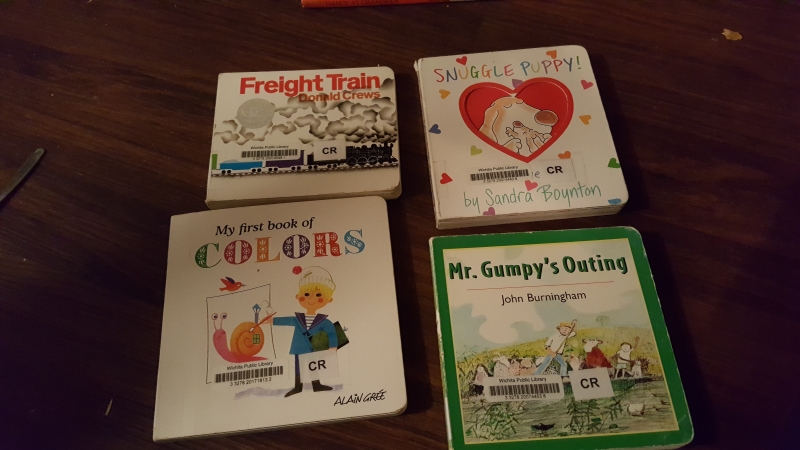Kids need the gospel too.
Jack Klumpenhower’s thesis is simple, obvious, and only rarely acted upon.
I’ve been teaching children for almost 20 years now (I know, I was very young when I started). I’ve seen a lot of different Sunday School curricula, a lot of different midweek programs, a lot of websites for teaching the Bible to kids. Almost all of them agree that the gospel is important.
But when push comes to shove, lessons are moral tales or informational lectures. Every lesson ends with a “what you should do” or “who you should be” – without necessarily pointing to who Christ is or what He has done on our behalf.
Klumpenhower diagnoses the problem:
“We’ve been dispensing good advice instead of the good news. Eventually kids will tire of our advice, no matter how good it might be. Many will leave the church. Others will live decent, churchy lives but without any fire for Christ. We’ll wonder why they’ve rejected the good news, because we assumed they were well grounded in it. In fact, they never were. Although we told them stories of Jesus and his free grace, we watered it down with self-effort – and that’s what they heard.”
He explains the necessity of the gospel:
“Only the good news fights both smugness and insecurity, declaring both that we’re horribly sinful yet more loved by God than we could dare imagine.”
He describes the freedom that can be found for teachers and parents in sharing the gospel:
“Don’t be discouraged. Kids will need correction sometimes, but our mission is not to hound or plead or talk them into anything – it’s to speak God’s word of salvation, peace, faith, and the righteousness Christ gives.”
And then he gives practical examples, one after the other, of how to incorporate the gospel into your teaching, your classroom discipline, your home.
Klumpenhower gives tips for finding the gospel in every Bible story (even those obscure Old Testament ones). He encourages teachers to ask three questions of the text: What is God doing for his people in this story? How does God do the same for us – only better – in Jesus? How does believing this good news change how we live? I enjoyed how Klumpenhower walked through the process of studying a passage with an eye to the gospel. Even for those who are not teachers (although, if you’re a parent, you are a teacher), the exercise of finding the gospel throughout the pages of Scripture is still beneficial. This is not contorting the Scriptures to fit a “gospel-focus” – this is reading the Scriptures as they were intended to be read. Jesus excoriated the Jews of his day in John 5:39 saying, “You search the Scriptures because you think that in them you have eternal life; and it is they that bear witness about me.” If we are not finding Christ in every page of Scripture, it is because we are not looking. All of Scripture testifies to Him.
In case you were quick to come up with a counter-text, a passage that can’t possibly be about Jesus, Klumpenhower does describe a few different ways that the gospel can be showcased in Scripture. First, there’s the “what does God do in this story and how does he do it better in Jesus?” that I mentioned above. But there’s also the “what does this passage reveal about God’s nature – and how is that aspect of his nature more fully seen in Jesus?” And there’s the one we see fairly often in some of the darkest stories: “what human problem does this passage reveal that God solves by sending Jesus?”
When discussing New Testament stories and texts, Klumpenhower encourages teachers to see Jesus as beautiful and to portray him as such to their students. Not primarily as someone to be emulated, but as one to be worshiped. He relates a time when he asked some students to give reasons why Jesus was better than good works. The only reason they could come up with was that Jesus died on the cross for their sins. Now, that’s a wonderful reason why Jesus is better – but it certainly isn’t the only one. He made a goal of showing in every lesson that year why Jesus is better than the many things that compete for our love.
Going beyond the content of our lessons, Klumpenhower encourages teachers (and parents) to consider what their classroom culture and their responses to difficulties say about the gospel – and to intentionally align their classroom’s atmosphere around the gospel. He gives an abundance of tips and examples for how to to do this and what it might look like.
One of my favorite aspects of this book was the inclusion of two little sections at the end of each chapter. The first section was “Questions You Might Be Asking”. Here, Klumpenhower addresses those questions I’ve heard or seen or asked a dozen times: “It sounds like you’re saying it doesn’t matter how we act as Christians. Don’t we still have to work hard to obey God?” “I understand some Old Testament passages are prophecies about Jesus. But aren’t you going too far in saying it’s all about Jesus?” “Do you really need that much context – like the whole book – when you’re going to teach one Bible passage? It sounds like a lot of reading.” The second section is “Show Them Jesus Right Away”. In this section, Klumpenhower offers immediate practical steps for teachers, parents, grandparents, youth leaders, song leaders, etc. to take to implement some of the concepts from the chapter. He always offers a practical step for parents and for teachers, the other positions are included as applicable.
In case you haven’t figured it out, I was highly impressed with this book – both with its thesis and with how Klumpenhower describes the process of actually showing students Jesus over the course of a class session. This would be an excellent book for Sunday school teachers and children’s ministry directors and kid’s club leaders to read together or individually. But it’s also a great book for parents (homeschooling or not) to read. The truth is, we ALL need the gospel – we need to set the gospel forever before our eyes. Klumpenhower’s excellent Show Them Jesus provides the rationale and the tools to do this – for ourselves and for our children.
Rating: 5 stars
Category: Children’s ministry
Synopsis: Why children need the gospel and how to communicate the gospel to them in all our Bible teaching.
Recommendation: Are you a parent, a grandparent, an uncle or aunt? Do you teach children in Sunday school, midweek clubs, or youth groups? This book will challenge and encourage you to clearly communicate the gospel to the children you work with in everyday life. Highly recommended.



